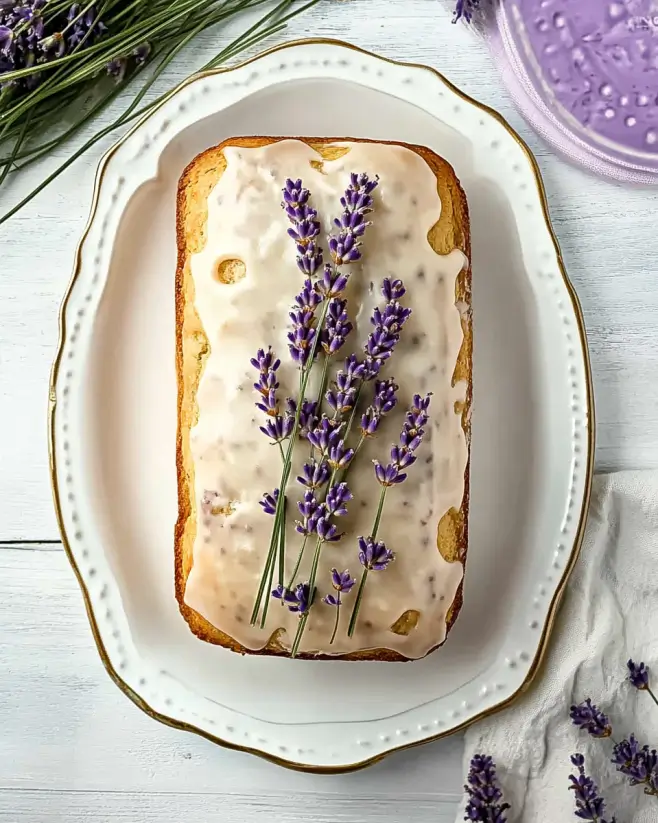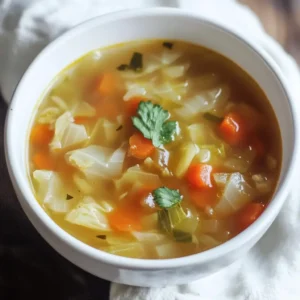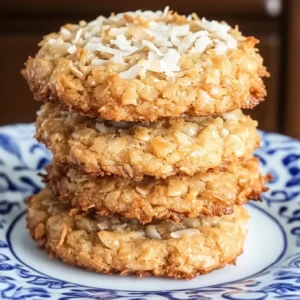Introduction to Lavender Tea Bread
There’s something magical about the aroma of freshly baked bread wafting through the house. It takes me back to my childhood, where the kitchen was the heart of our home. Today, I want to share a delightful recipe that combines nostalgia with a unique twist: Lavender Tea Bread. This isn’t just any bread; it’s a sweet, floral delight that’s perfect for tea time or a cozy afternoon snack. Whether you’re looking to impress guests or simply treat yourself, this recipe is a quick solution that brings warmth and joy to your table.
Why You’ll Love This Lavender Tea Bread
This Lavender Tea Bread is a game-changer for your baking repertoire. It’s incredibly easy to whip up, making it perfect for busy days when you crave something special. The floral notes of lavender elevate the taste, creating a unique flavor profile that’s both refreshing and comforting. Plus, it’s a delightful way to impress friends and family without spending hours in the kitchen. Trust me, this bread will become a favorite in no time!
Ingredients for Lavender Tea Bread
Gathering the right ingredients is the first step to creating this delightful Lavender Tea Bread. Here’s what you’ll need:
- All-purpose flour: The backbone of any bread, it provides structure and texture.
- Granulated sugar: Adds sweetness and helps create that lovely golden crust.
- Dried culinary lavender: This is the star of the show! It infuses the bread with a floral aroma and unique flavor.
- Baking powder: A leavening agent that helps the bread rise, giving it a light and fluffy texture.
- Salt: Enhances the flavors and balances the sweetness.
- Unsalted butter: Adds richness and moisture, making the bread tender.
- Milk: Contributes to the bread’s moisture and helps create a soft crumb.
- Large eggs: They bind the ingredients together and add structure.
- Vanilla extract: A splash of this adds warmth and depth to the flavor.
- Lemon zest: Brightens the bread with a citrusy zing, complementing the lavender beautifully.
For those looking to experiment, consider adding a tablespoon of honey for a richer flavor. You can also swap the lemon zest for orange zest if you prefer a different citrus twist. The exact quantities for these ingredients are available at the bottom of the article for easy printing.
How to Make Lavender Tea Bread
Now that you have your ingredients ready, let’s dive into the steps to create this delightful Lavender Tea Bread. Each step is simple, and I’ll share some tips along the way to ensure your baking adventure is a success!
Step 1: Preheat the Oven
Start by preheating your oven to 350°F (175°C). This is crucial because a properly heated oven ensures even baking. While the oven warms up, grease and flour a 9×5-inch loaf pan. This will help the bread slide out easily once it’s baked, preventing any sticky situations!
Step 2: Mix Dry Ingredients
In a large mixing bowl, combine the all-purpose flour, granulated sugar, dried culinary lavender, baking powder, and salt. Whisk these ingredients together until they’re well mixed. This step is important because it ensures that the baking powder is evenly distributed, which helps the bread rise beautifully.
Step 3: Cream Butter and Combine Wet Ingredients
In another bowl, cream the softened unsalted butter until it’s light and fluffy. This usually takes about 2-3 minutes. Then, add in the milk, eggs, vanilla extract, and lemon zest. Mix everything together until it’s well combined. The creaming process adds air to the butter, which helps create a light texture in your bread.
Step 4: Combine Wet and Dry Mixtures
Now, it’s time to bring the two mixtures together. Gradually add the dry ingredients to the wet ingredients, stirring gently until just combined. Be careful not to overmix; a few lumps are perfectly fine. Overmixing can lead to a dense bread, and we want it to be light and fluffy!
Step 5: Bake the Bread
Pour the batter into your prepared loaf pan, smoothing the top with a spatula. Place it in the preheated oven and bake for 50-60 minutes. To check for doneness, insert a toothpick into the center of the bread. If it comes out clean, you’re good to go! If not, give it a few more minutes.
Step 6: Cool and Serve
Once baked, allow the bread to cool in the pan for about 10 minutes. This helps it set and makes it easier to remove. After that, transfer it to a wire rack to cool completely. When you’re ready to serve, slice it up and enjoy it plain or with a spread of butter. Trust me, the floral aroma will have everyone coming back for seconds!

Tips for Success
- Measure your ingredients accurately for the best results.
- Use fresh culinary lavender for a more vibrant flavor.
- Don’t skip the cooling step; it enhances the texture.
- Store leftovers in an airtight container to keep it moist.
- Experiment with different citrus zests for a unique twist.
Equipment Needed
- 9×5-inch loaf pan: A standard size for baking bread; a round cake pan works in a pinch.
- Mixing bowls: Use any size, but a large bowl is best for combining ingredients.
- Whisk: A fork can substitute if you don’t have one.
- Spatula: Great for smoothing batter; a wooden spoon can also do the job.
- Toothpick: Essential for checking doneness; a skewer works too.
Variations
- Herbal Infusions: Try adding a teaspoon of dried rosemary or thyme for an earthy twist.
- Nutty Delight: Fold in chopped walnuts or almonds for added texture and flavor.
- Gluten-Free Option: Substitute all-purpose flour with a gluten-free blend for a celiac-friendly version.
- Vegan Version: Replace eggs with flaxseed meal and use plant-based milk and butter.
- Fruit Additions: Incorporate dried cranberries or blueberries for a fruity burst in every bite.
Serving Suggestions
- Pair with a cup of herbal tea for a soothing afternoon treat.
- Serve alongside a light salad for a refreshing lunch option.
- Top with a dollop of clotted cream or a spread of honey for extra indulgence.
- Garnish with fresh lavender sprigs for a beautiful presentation.
FAQs about Lavender Tea Bread
As you embark on your baking journey with Lavender Tea Bread, you might have a few questions. Here are some common queries that can help you along the way:
Can I use fresh lavender instead of dried?
While fresh lavender can be used, it’s important to note that dried culinary lavender has a more concentrated flavor. If you choose fresh, use about three times the amount, but be cautious as it can overpower the bread.
How should I store Lavender Tea Bread?
To keep your Lavender Tea Bread fresh, store it in an airtight container at room temperature. It should stay moist for about 3-4 days. For longer storage, consider freezing it, wrapped tightly in plastic wrap.
Can I make this bread ahead of time?
Absolutely! Lavender Tea Bread can be made a day in advance. In fact, letting it sit overnight allows the flavors to meld beautifully. Just be sure to store it properly to maintain its moisture.
What can I serve with Lavender Tea Bread?
This bread pairs wonderfully with a variety of accompaniments. Consider serving it with a cup of herbal tea, a light salad, or even a spread of clotted cream for a delightful treat.
Is Lavender Tea Bread suitable for special diets?
Yes! You can easily adapt this recipe for various dietary needs. For a gluten-free version, use a gluten-free flour blend. If you’re looking for a vegan option, substitute the eggs with flaxseed meal and use plant-based milk and butter.
Final Thoughts
Baking Lavender Tea Bread is more than just a culinary task; it’s an experience that fills your home with warmth and delightful aromas. Each slice offers a taste of comfort, blending the floral notes of lavender with a sweet, moist crumb. Whether you’re enjoying it with a cup of tea or sharing it with loved ones, this bread brings a touch of elegance to any occasion. I hope you find joy in making this recipe as much as I do. It’s a simple way to create lasting memories and savor the little moments in life.
PrintLavender Tea Bread: Discover This Unique Recipe Delight!
- Total Time: 1 hour 10 minutes
- Yield: 8 servings
- Diet: Vegetarian
Description
Lavender Tea Bread is a unique and delightful recipe that combines the floral notes of lavender with a moist, sweet bread perfect for tea time.
Ingredients
- 2 cups all-purpose flour
- 1 cup granulated sugar
- 1 tablespoon dried culinary lavender
- 1 tablespoon baking powder
- 1/2 teaspoon salt
- 1/2 cup unsalted butter, softened
- 1 cup milk
- 2 large eggs
- 1 teaspoon vanilla extract
- 1 tablespoon lemon zest
Instructions
- Preheat your oven to 350°F (175°C). Grease and flour a 9×5-inch loaf pan.
- In a large mixing bowl, combine the flour, sugar, dried lavender, baking powder, and salt. Whisk together until well mixed.
- In another bowl, cream the softened butter until light and fluffy. Add the milk, eggs, vanilla extract, and lemon zest. Mix until combined.
- Gradually add the dry ingredients to the wet ingredients, stirring until just combined. Do not overmix; a few lumps are okay.
- Pour the batter into the prepared loaf pan and smooth the top with a spatula.
- Bake in the preheated oven for 50-60 minutes, or until a toothpick inserted into the center comes out clean.
- Allow the bread to cool in the pan for 10 minutes, then transfer it to a wire rack to cool completely.
Notes
- For a richer flavor, consider adding a tablespoon of honey to the batter.
- You can also substitute the lemon zest with orange zest for a different citrus twist.
- Prep Time: 15 minutes
- Cook Time: 50-60 minutes
- Category: Baked Goods
- Method: Baking
- Cuisine: American
Nutrition
- Serving Size: 1 slice
- Calories: 210
- Sugar: 15g
- Sodium: 150mg
- Fat: 9g
- Saturated Fat: 5g
- Unsaturated Fat: 4g
- Trans Fat: 0g
- Carbohydrates: 30g
- Fiber: 1g
- Protein: 3g
- Cholesterol: 40mg




